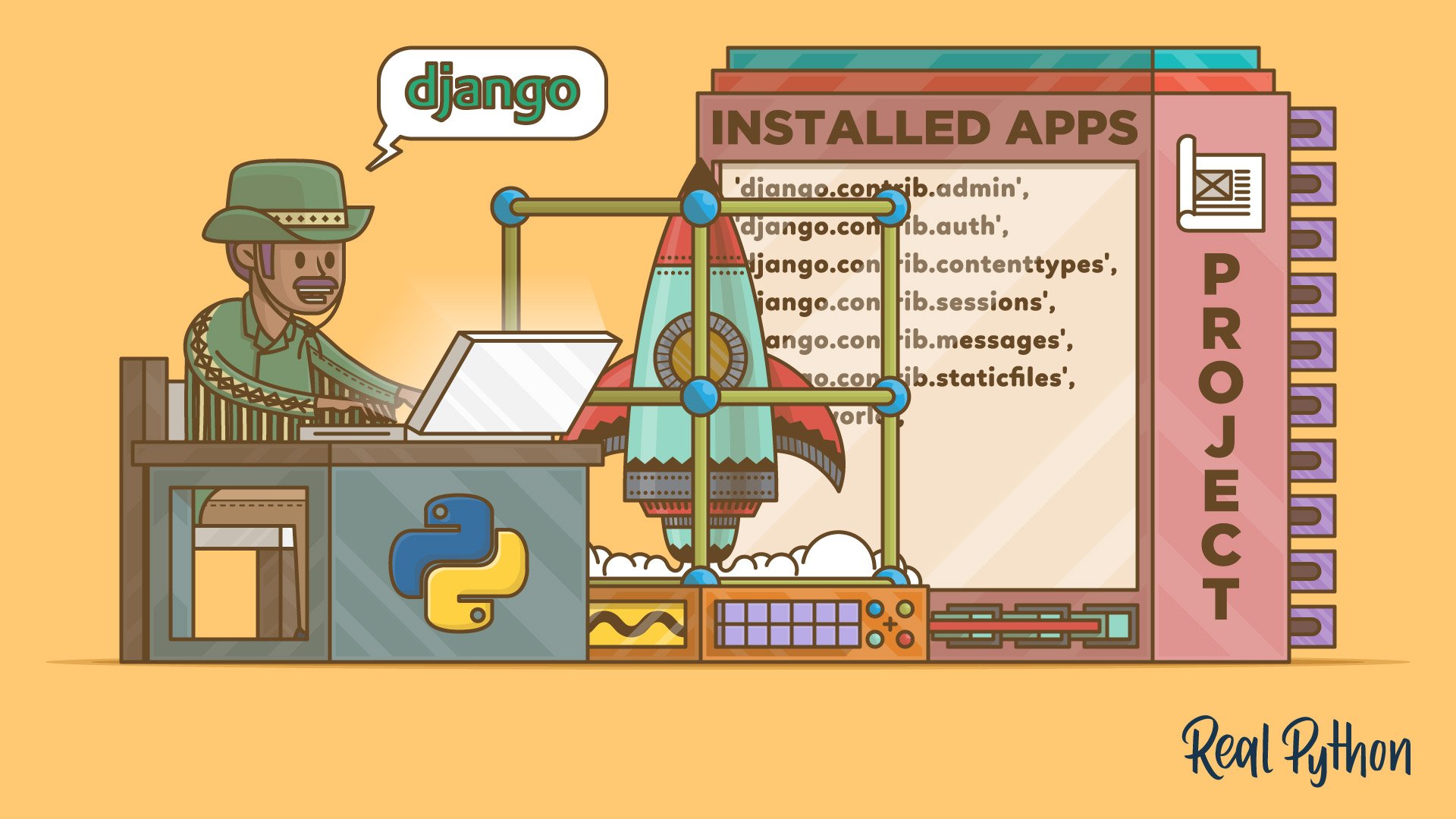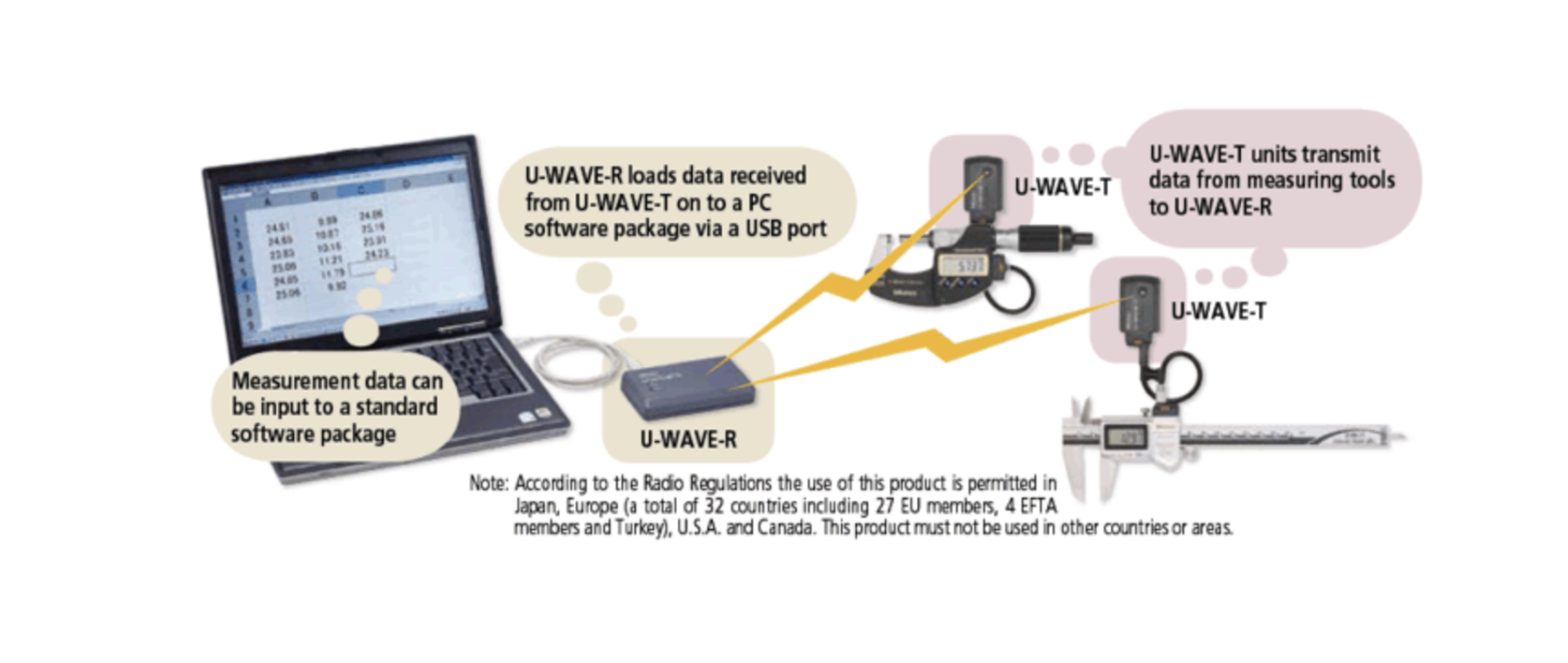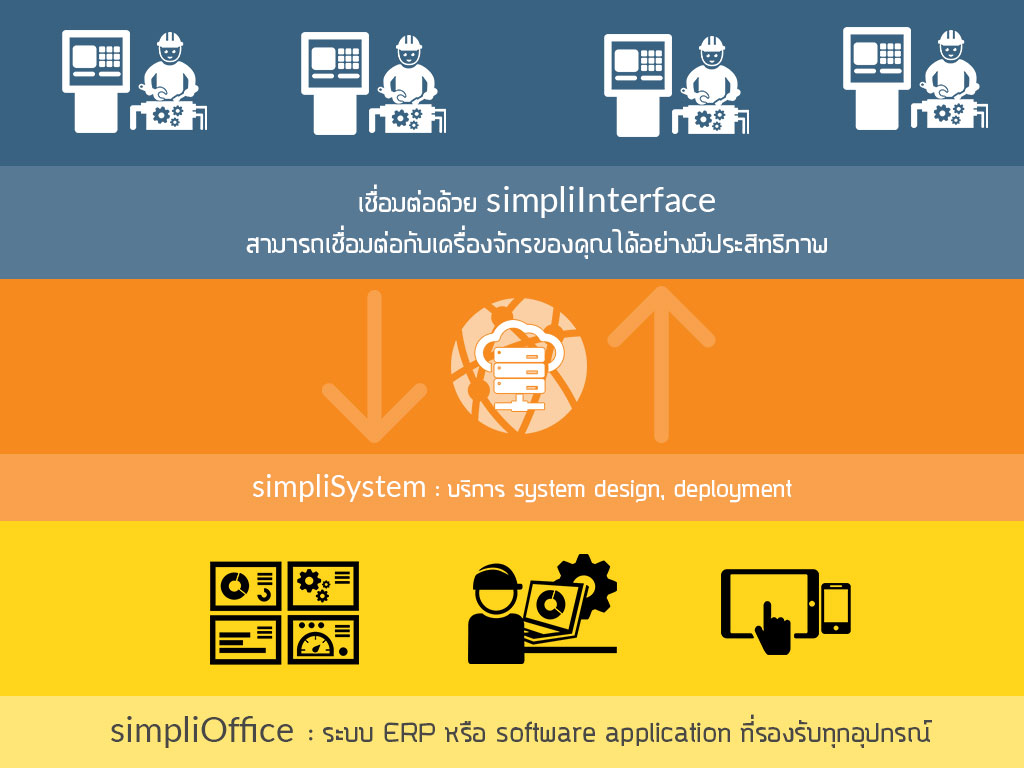Managing JWT Authentication Across Multiple Frameworks
When developing applications across multiple frameworks, like Flask for the frontend and FastAPI for backend APIs, ensuring secure and seamless authentication can become complex. JSON Web Tokens (JWT) offer a robust solution to manage authentication consistently across these frameworks. Let’s explore how to effectively manage JWT authentication between Flask and FastAPI.
🔑 What is JWT?
JWT (JSON Web Token) is a compact, URL-safe means of representing claims transferred between two parties. JWT is structured into three parts:
- Header: Specifies the token type and signing algorithm.
- Payload: Contains claims like user details and token expiry.
- Signature: Ensures the token hasn't been altered.
🚀 JWT Authentication Setup with FastAPI
Dependencies
pip install fastapi python-jose passlib[bcrypt] uvicornCreating JWT Tokens in FastAPI
from jose import jwt
from datetime import datetime, timedelta
SECRET_KEY = "supersecret"
ALGORITHM = "HS256"
def create_access_token(data: dict, expires_delta=None):
to_encode = data.copy()
expire = datetime.utcnow() + (expires_delta or timedelta(minutes=30))
to_encode.update({"exp": expire})
return jwt.encode(to_encode, SECRET_KEY, algorithm=ALGORITHM)🖥 JWT Integration with Flask
Flask Setup
Install required dependencies:
pip install flask PyJWT requestsJWT Token Validation in Flask
import jwt
from flask import Flask, session, redirect, url_for, flash, request
app = Flask(__name__)
app.secret_key = "your_flask_secret"
JWT_SECRET_KEY = "supersecret"
JWT_ALGORITHM = "HS256"
def is_token_valid(token):
try:
jwt.decode(token, JWT_SECRET_KEY, algorithms=[JWT_ALGORITHM])
return True
except jwt.ExpiredSignatureError:
return False
except jwt.InvalidTokenError:
return False
@app.before_request
def validate_jwt():
if request.endpoint == 'login':
return
token = session.get("jwt_token")
if not token or not is_token_valid(token):
flash("Session expired or invalid. Please log in again.")
return redirect(url_for("login"))🔄 Cross-framework Authentication Flow
Here's the simplified flow:
- User logs into Flask.
- Flask requests JWT token from FastAPI.
- FastAPI issues JWT token.
- Flask stores JWT in session.
- Flask validates JWT for subsequent requests.
🌐 Deployment Diagram
graph TD;
Browser-->Flask(Flask Frontend);
Flask-->FastAPI(FastAPI Backend);
FastAPI-->MongoDB;
FastAPI-->JWT("JWT Token");
JWT-->Flask;
Flask-->Browser;📦 Docker Compose for Environment Configuration
Use Docker Compose to manage JWT secrets consistently:
services:
fastapi:
environment:
SECRET_KEY: ${SECRET_KEY}
flask:
environment:
SECRET_KEY: ${SECRET_KEY}Define your .env file:
SECRET_KEY=supersecret🚨 Common JWT Issues & Solutions
- Token Expiration: Always handle expired tokens gracefully.
- Secret Key Mismatch: Ensure all services share the same secret key.
- Dependency Issues: Handle compatibility issues (e.g., bcrypt & passlib versions).
Example:
pip install bcrypt==4.0.1 passlib>=1.7.5🛡 Security Considerations
- Always store JWT secrets securely.
- Implement token refresh mechanisms.
- Use HTTPS to protect JWT tokens in transit.
💡 Best Practices Summary
- Maintain a single JWT secret across services.
- Validate JWT tokens on every protected route.
- Implement clear, informative error handling for users.
📚 Further Reading
🧑💻 Conclusion
Managing JWT authentication between frameworks like Flask and FastAPI doesn't have to be complicated. By following these structured guidelines and best practices, you ensure secure, maintainable, and scalable authentication across your application ecosystem.
Get in Touch with us
Related Posts
- NVIDIA、Microsoft、OpenAI、Google、Oracle 以及 AMD:正在共同推动 AI 泡沫如何形成?
- The Real AI Bubble: How NVIDIA, Microsoft, OpenAI, Google, Oracle — and Now AMD — Shape the Future of Compute
- 深度学习在房地产开发中的应用
- Deep Learning in Property Development
- 代码修复与遗留系统维护服务 —— Simplico 助力企业保持系统稳定、安全、高效
- Code Fixing & Legacy System Maintenance — Keep Your Business Running Smoothly with Simplico
- Python 深度学习在工厂自动化中的应用:2025 全面指南
- Python Deep Learning in Factory Automation: A Complete Guide (2025)
- 工厂 / 制造业专用 Python 开发与培训服务
- Python Development & Industrial Automation Training Services
- 为什么 Python + Django 是现代电商系统的最佳技术栈(完整指南 + 定价方案)
- Why Python + Django Is the Best Tech Stack for Building Modern eCommerce Platforms (Complete Guide + Pricing Plans)
- 三十六计现代商业版:理解中国企业竞争、谈判与战略思维的终极指南
- The 36 Chinese Business Stratagems: A Modern Guide to Understanding How Chinese Companies Compete and Win
- 理解机器学习中的 Training、Validation、Testing
- Understanding Training, Validation, and Testing in Machine Learning
- 深入理解神经网络
- Understanding Neural Networks Deeply
- AI 商品真伪鉴定系统:为现代零售品牌打造的智能解决方案
- AI-Powered Product Authenticity Verification for Modern Retail Brands














